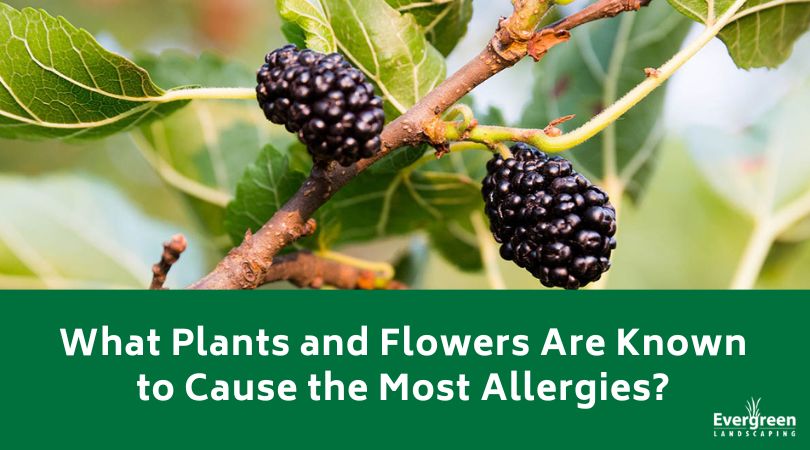
Allergies to plants are on the rise. Adults who have never experienced allergy symptoms are suddenly reaching for tissues and making appointments with allergists. Whether allergies are a new problem for you or you’re used to sneezing and itchy eyes, this info about the worst plants for allergy sufferers can help you make the best of spring and summer.
Pollen
Intensely fragrant flowers may make you sneeze, but that’s a reaction to a strong scent. Pollen causes allergy symptoms. Indications of serious plant allergies are asthma and tightness in the throat. See your doctor if you have difficulty breathing, new allergy symptoms or your allergies worsen.
Skin reactions after handling a plant are caused by toxic oils. See a doctor for any skin problem like hives or a rash after touching a plant.
The Worst Plant Pollens
The worst and most pervasive plant pollens come from trees and grass. You can’t get away from tree and grass pollen. Tree pollen is at its height in spring. Grass pollen is a problem from spring through summer. All you can do is be prepared with allergy relief medications, avoid parking your car directly under trees and try to stay inside when someone is mowing grass.
Trees and grasses with particularly irritating pollens are:
• Elm
• Maple
• Mulberry
• Oak
• Pecan
• Bermuda grass
• Mountain cedar
• Rye grass
If you’re highly allergic to mold, make sure to have dead leaves removed from your yard so that they don’t decay and produce molds that will make you miserable in the fall.
Wildflower Pollens
Your landscaper can remove irritating wildflowers from your property. That may alleviate some of your allergy symptoms and enable you to enjoy your yard and patio. Some of the worst wildflowers for allergy sufferers are:
• Pigweed
• Ragweed
• Daisies
• Forsythia
• Sunflowers
• Wisteria
Pigweed, also known as stinging nettle, is an unattractive wildflower second only to ragweed in terms of highly allergenic pollen.
Goldenrod takes the rap for ragweed’s ferocious allergy-inducing pollen. The plants look similar, and goldenrod is often more visible, making it seem to be the source of your allergy.
If you have allergies, you may want to avoid daisies. Even Gerbera daisies can make you sneeze.
Forsythia grows wild but is also a popular flowering shrub used in landscaping. It flowers in late spring and is a major cause of plant allergies.
Who doesn’t love sunflowers? They grow wild along roadsides and are used to edge vegetable gardens and fences. Most people don’t know that they’re a major source of allergen-producing pollen.
Beautiful blue wisteria is another landscaping shrub that can wreak havoc on allergy sufferers. Wisteria grows wild as a vine and can be abundant. Removing it from your property means digging up the root, and if you’re already ill from allergies, it’s a job for a pro.
Things to Remember:
• Trees and grasses are the worst sources of pollen
• Skin and breathing reactions to plants require medical attention
• A landscaper can remove bothersome wildflowers
Make this year easier for the allergy sufferers in your family by setting up an appointment to remove problematic plants.
